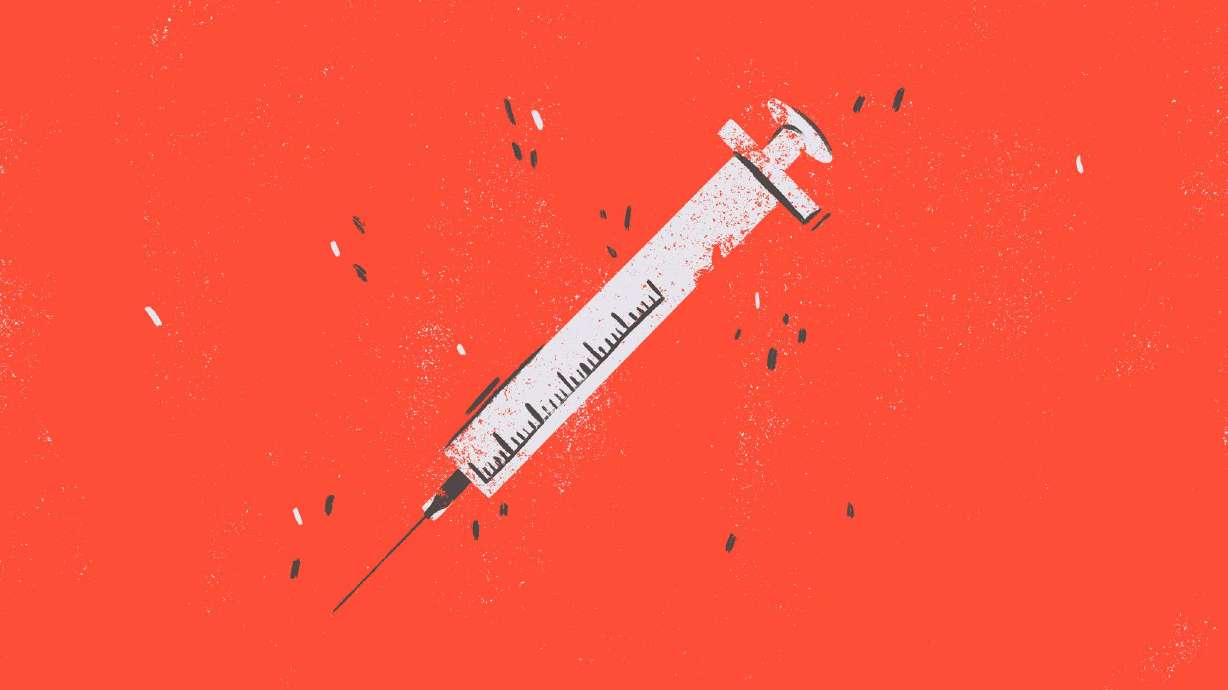Estimated read time: 3-4 minutes
This archived news story is available only for your personal, non-commercial use. Information in the story may be outdated or superseded by additional information. Reading or replaying the story in its archived form does not constitute a republication of the story.
SALT LAKE CITY — Chemotherapy drugs. Antibiotics. Medication for attention deficit/hyperactivity disorder. They're among the categories of drugs that have been in rolling shortages in the United States, putting patients at risk of adverse outcomes and in the case of cancer and other drugs, potentially death.
In a Senate Finance Committee hearing Tuesday, lawmakers investigating what CNN calls a "record shortage of drugs" were told that those most often in shortage are generics and cheap drugs like fludarabine, which have been around a long time.
Stat News reported that committee members think Medicare payment policy could address the shortages.
Some familiar names are among the dozens and dozens of medications on the U.S. Food and Drug Administration's list of those currently in shortage, including forms of epinephrine injection, erythromycin ointment, albuterol, lidocaine, oxytocin and potassium chloride, among others.
"The absence of a generic and cheap drug like fludarabine literally can be the difference between life and death," said. Dr. Jason Westin, director of the Lymphoma Clinical Research program at M.D. Anderson. Fludarabine is a chemotherapy drug used to treat different types of cancer.
The spate of drug shortages have been going on for years and is unique to the U.S., according to researchers. A Senate report said that shortages increased by nearly 30% in 2022.
Per CNN, "The majority of the nearly 200 ongoing shortages — 84% — don't involve new or novel drugs but rather generics that have been on the market for decades, said Sen. Mike Crapo, R-Idaho. Generics make up 9 of every 10 prescriptions filled in the U.S., so shortages have a big impact on the country's health."
In a guest essay in the New York Times, Emily Tucker, an assistant professor of industrial engineering at Clemson University, wrote that "shortages have occurred regularly since at least the early 2000s when national tracking began. Hundreds of drugs, in every major therapeutic category, have been unavailable for some period. The average drug shortage lasts about 1.5 years. Even when substitute medications are available, they may be suboptimal (for example, deaths by septic shock rose by 10% during a 2011 shortage of the first-line medication, norepinephrine) or have spillover effects (such as possibly increasing the risk of antimicrobial resistance). In addition to harming patients, shortages have cost health systems billions of dollars in increased labor and substitute medications."
Among issues are the fact that some drugs are made by just one company and if problems arise the impact is huge, the thin profit margin on generics which prevents manufacturers from lining up to take production on and supply shortages.
The report for the Senate said that drug shortages "continue to pose health and national security risks." It cited "overreliance on foreign and geographically concentrated sources for critical drugs and their key starting materials and limited domestic manufacturing capabilities" as contributing to those risks.









